1. Multi-Infusion Brewing Techniques: Time Regulation and Flavor Perception
Time control: The brewing time for the second infusion should be 5-10 seconds shorter than the first (e.g., 30 seconds for the first infusion, 20-25 seconds for the second). This is because the first infusion has fully unfolded the buds, fully opening the cell walls, and the release rate of soluble substances such as tea polyphenols and amino acids has significantly accelerated. Continuing the original time may lead to overly strong tea soup and a bitter taste;
Operation points: When injecting water, still flow slowly along the wall to avoid impacting buds and causing white hairs to fall off; when serving soup, be sure to pour out completely to prevent residual tea soup from continuing to soak and affecting the next infusion's flavor;
Flavor characteristics: The soup color of the second infusion is slightly darker than the first (from light apricot to pale yellow), with a more intense hairy fragrance and a sweet taste with a slight aftertaste, which is the best embodiment of Silver Needle's "honey rhyme".
Sensory characteristics: The aroma and taste of the third infusion will fade significantly, but the soup color remains stable (bright pale yellow), which is a typical manifestation of white tea's "white soup" characteristic — unlike green tea whose soup color fades rapidly with infusions or oolong tea whose taste drops sharply, the flavor attenuation of Silver Needle is much gentler;
Observation points: Whether to continue brewing should be based on aroma and taste rather than soup color. If the third infusion still has a clear hairy fragrance and a sweet aftertaste, it indicates high-quality tea, which can be brewed until the fifth or sixth infusion; if the taste is plain and tasteless, it should be stopped;
Time adjustment: The time for the third infusion can be basically the same as the second or slightly extended by 5 seconds (25-30 seconds). Slight extension can stimulate deep substances in buds and delay flavor attenuation.

2. Glass Cup Brewing: Perfect Combination of Appreciation and Practicality
Warming and preheating: Rinse the glass cup with 80-85℃ hot water (temperature slightly lower than gaiwan brewing because glass conducts heat quickly, and excessively high temperature is easy to scald hands) to raise the cup temperature to facilitate tea aroma release. After warming, pour out all water to avoid residues affecting tea soup concentration;
Adding and awakening tea: Add tea at a ratio of "5 grams of tea/200ml water", pour 80-85℃ hot water until completely submerging the buds to complete the moistening infusion (awakening tea). This step requires ensuring all dry tea is fully infiltrated. After water injection, wait for 10 seconds to let the buds initially absorb water, then pour out all awakening tea water;
Formal brewing: Slowly inject 80-85℃ hot water along the cup wall to 70% full, with soaking time 5-10 seconds longer than gaiwan brewing (35-40 seconds for the first infusion) — because glass cups dissipate heat quickly and buds unfold more slowly in an open environment, requiring appropriate time extension to ensure taste precipitation;
Serving and tasting: Tilt the glass cup to slowly pour out the tea soup (a strainer can be used to filter scattered white hairs), and taste in three sips to feel the sweetness of the tea soup in the mouth and the retention of hairy fragrance.
Utensil selection: It is recommended to use a borosilicate glass gaiwan or straight cylinder glass cup. Its transparent characteristic can intuitively showcase the "unfolding aesthetics" of Silver Needle — after dry tea is added, buds first float on the water surface, then gradually stand upright and sink after absorbing water, with white hairs suspended in the tea soup like silver threads, forming a wonder of "silver floating in the cup";
Appreciation focus: Observe the "uprightness" of buds — high-quality Silver Needle has upward bud tips and upright stems after brewing, showing strong vitality; if buds are messy and lying horizontally, it may be due to low raw material grade or improper rolling;
Environment matching: Matching with a white tea tray and natural light can more clearly observe soup color changes and white hair distribution, enhancing the ritual sense and aesthetic experience of tasting.
3. Efficacy Value of White Tea: Dual Gifts of Health and Practicality
Special efficacy: In addition to the common effects of green tea such as antioxidant and refreshing, Silver Needle also has unique effects such as radiation protection, auxiliary anti-cancer, and blood pressure reduction due to its rich tea polyphenols, amino acids, and trace elements. Studies have shown that white tea has stronger free radical scavenging ability than other tea types, which is particularly beneficial for people who are in long-term contact with electronic screens;
Drinking suggestions: Drinking in summer can assist in sunburn prevention (due to the anti-ultraviolet effect of tea polyphenols); office workers and computer users who drink regularly can relieve eye fatigue and reduce radiation damage; middle-aged and elderly people who drink in moderation can help regulate blood pressure and promote metabolism;
Precautions: White tea is slightly cool in nature. People with deficient and cold spleen and stomach are advised to drink it after meals or mix with honey; pregnant women and lactating women need to control the amount, not exceeding 3 grams per day.

4. Essential Craftsmanship of White Tea: Definition, History, and Origin
Process essence: White tea is the only tea type without fixation. After picking, fresh leaves are directly naturally withered (traditionally called "weidiao"), and dried in the sun or at low temperature after water evaporation to 70%-80%. The whole process is free of frying, rolling, or fermentation, retaining the maximum amount of natural ingredients and fresh characteristics of the tea;
Historical origin: White tea craftsmanship is the oldest tea-making method in China, originating from the wisdom of ancient ancestors in "drying and storing" — initially used as medicine (clearing heat and detoxifying), then gradually evolved into food (cooking tea porridge), and finally developed into drinking tea. Its craftsmanship has been inherited for thousands of years;
Quality key: Withering is the core link in the formation of white tea quality, which needs to be carried out in a ventilated and cool environment to avoid uneven leaf oxidation caused by direct sunlight. The withering time of high-quality Silver Needle is as long as 48-72 hours, ensuring the conversion of bitter substances in buds into sweet ingredients.
Origin distribution: 90% of Chinese white tea is produced in Fujian Province, among which Fuding City and Zhenghe County are core producing areas, with the industry consensus that "world white tea is in China, and Chinese white tea is in Fuding". Fuding has a warm and foggy climate, and the soil is rich in minerals, providing an ideal growing environment for tea trees. The produced Silver Needle has plump buds, dense white hairs, and a flavor far superior to other producing areas;
Authenticity judgment: "White tea" from non-core producing areas may have differences in craftsmanship (such as shortening withering time, slight fixation), and its flavor is far from authentic white tea. When purchasing, you should recognize core producing areas and prefer products labeled with "Fuding Dabai Tea" and "Zhenghe Dabai Tea" varieties.
5. Category Distinction: Anji White Tea ≠ White Tea
Category attribution: Although Anji White Tea contains "white tea" in its name, it actually belongs to green tea category. The core difference lies in craftsmanship — Anji White Tea needs to go through typical green tea processes such as fixation (high temperature destroying enzyme activity) and rolling after fresh leaf picking, while real white tea (such as Silver Needle) is completely free of fixation and only made through withering and drying;
Origin of name: Anji White Tea gets its name from the characteristic of its tea tree variety ("Baiye No.1") — new leaves in spring are jade-white due to low temperature, not due to process attributes, which is essentially different from the "whiteness" of white tea (light soup color, many white hairs);
Judgment standard: The key indicator to distinguish white tea from green tea is whether the fixation process is carried out: white tea is "without fixation", while green tea "must undergo fixation", which is the essential difference between the two in craftsmanship, directly determining the differences in flavor and efficacy.

6. Knowledge Summary: Key Points of Silver Needle
Brewing Silver Needle is a practice of "dialoguing with nature". From experiencing the balance of flavors in multi-infusion time regulation, to appreciating the life posture of buds through the transparency of glass cups, to comprehending the ancient wisdom of "following nature" from the "no fixation" process — this seemingly simple cup of white tea carries not only a sweet taste but also the philosophy of "respecting nature and returning to authenticity" in thousands of years of tea culture. When you can still capture that fresh hairy fragrance in the third infusion, you will understand: the best brewing is to let tea show itself in the most natural way, and we only need to patiently and attentively feel this gift from the mountains.


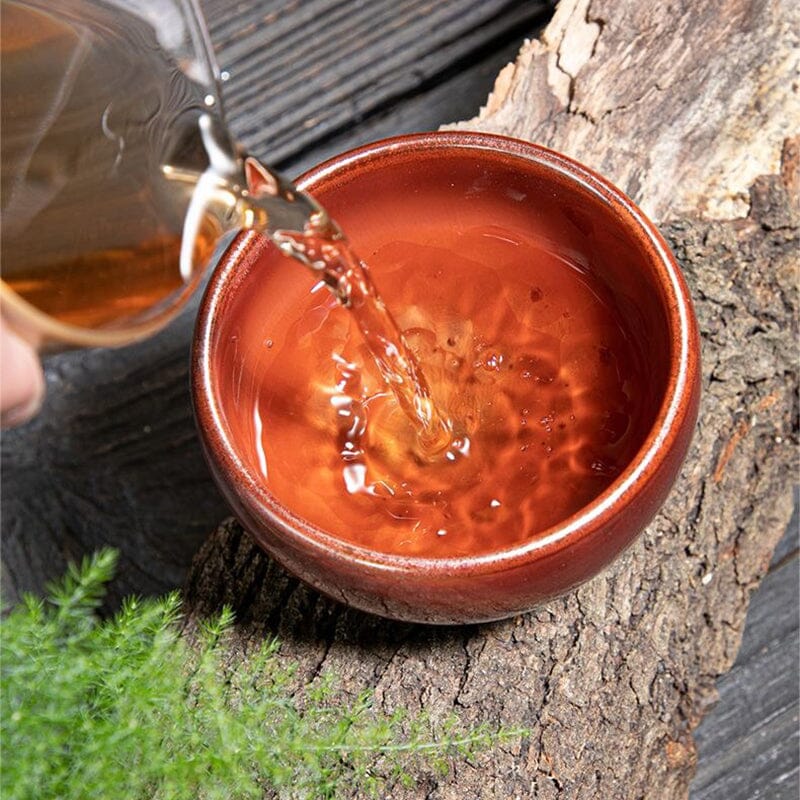
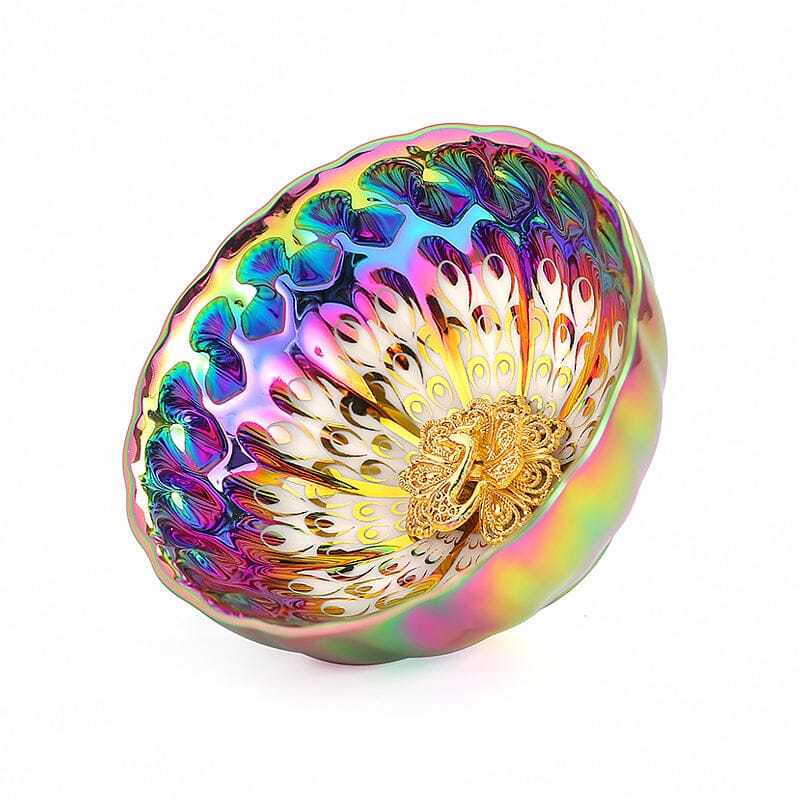


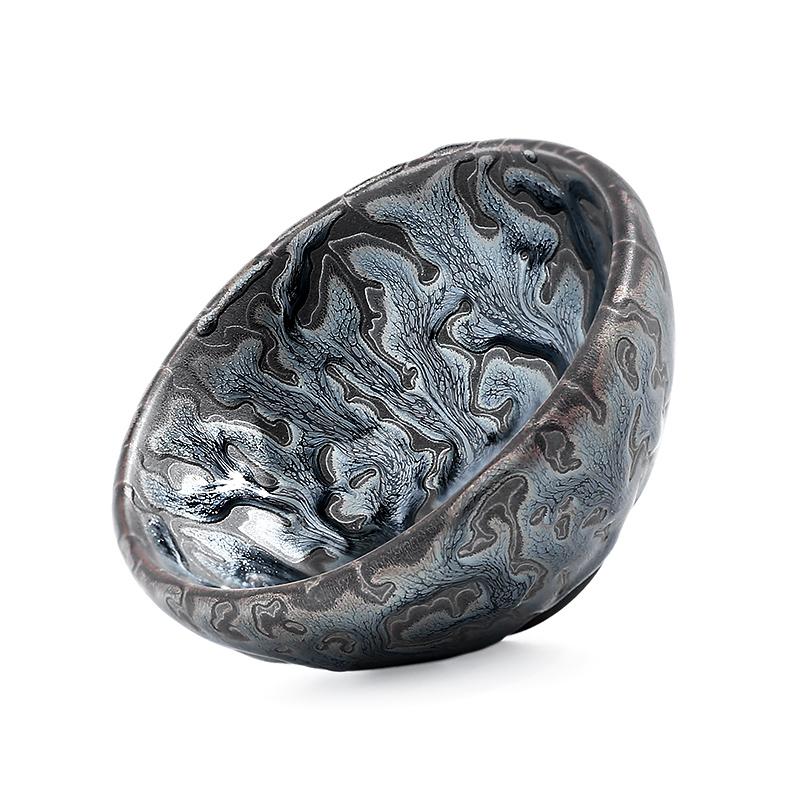
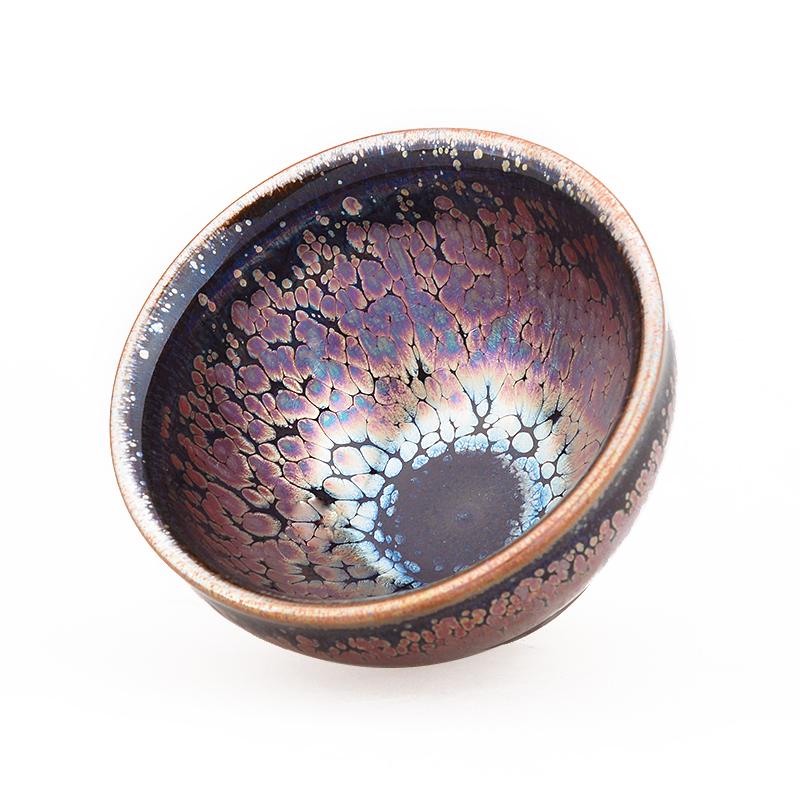
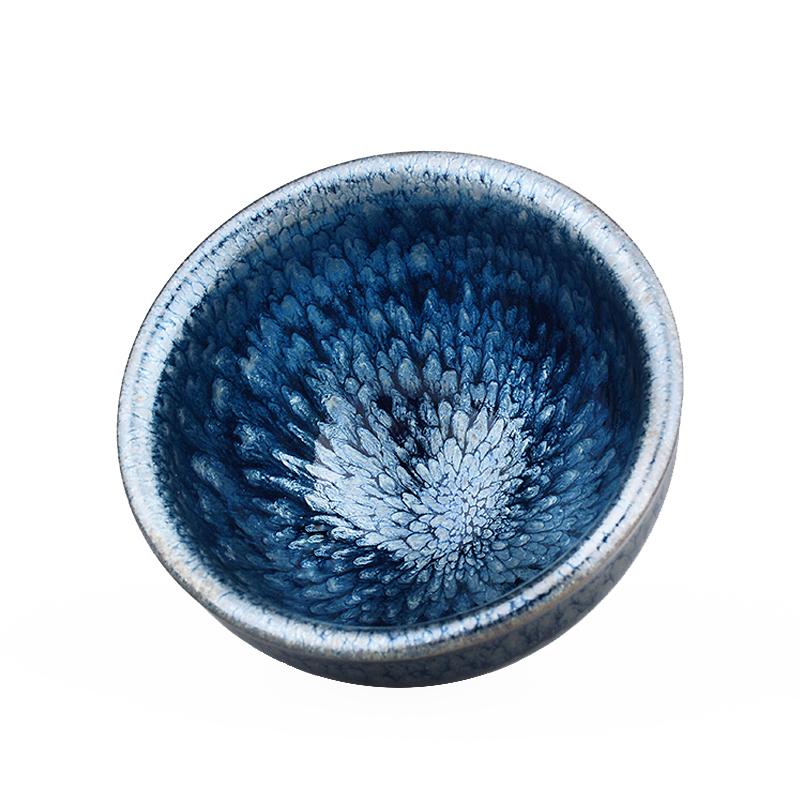
Deel:
Brewing White Tea – Silver Needle (Part I): From Variety Cognition to Basic Brewing Guide
Smell Tea to Know It: A Little Tea Knowledge Improves Taste Instantly